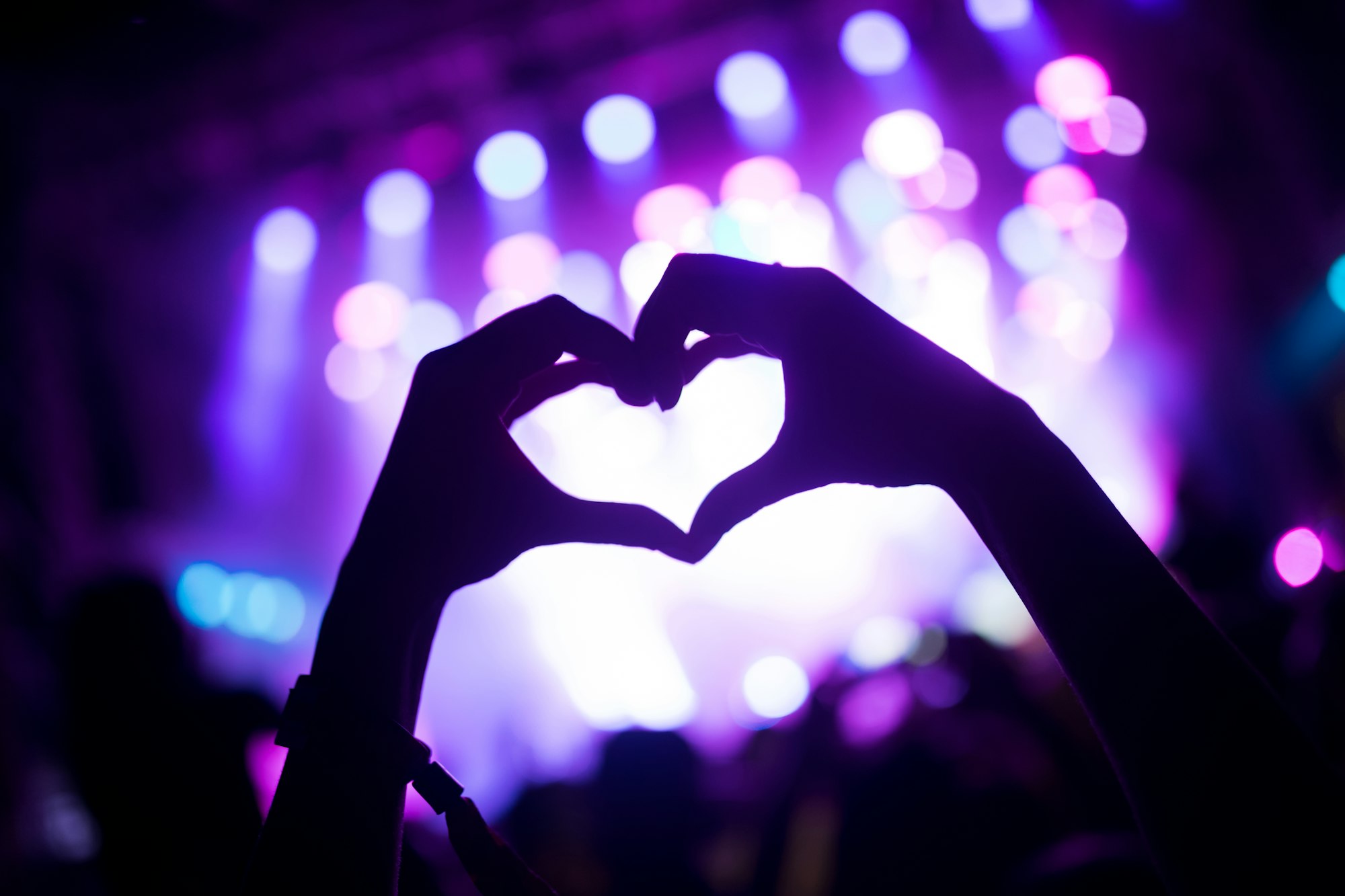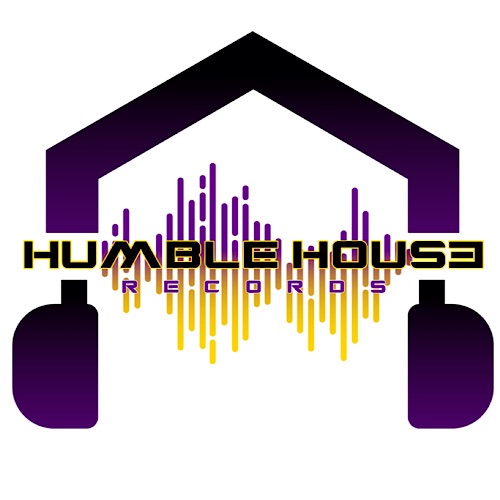EDM & House Music Is Back – Her Campus
by June 1, 2024And they are leaving their marks on college campuses.
However, EDM and House music weren’t always the genres we see today, as their beats and tempos began as part of the disco genre, with underrepresented musicians playing their songs in queer clubs in Chicago and New York City. The genre gradually evolved to become the music of historically-oppressed groups, as a way to show their talents and speak out against social and political issues.
Following this, EDM and House slowly became more popular and found their way into mainstream music in the mid-90s, where they have more or less stayed relevant. The 2010s saw an era of what I like to call the golden age of House music, where artists like The Chainsmokers, David Guetta, Avicii, and Tiesto created music that continues to represent a cultural zeitgeist for many of us, pushing their songs to the top of the charts. Their songs remind us of our childhoods, and I think that is part of the reason why House is exploding right now.
People, especially college students, are looking for ways to feel emotionally centered and present. I think I can speak for many of us when I say that we want to experience 2010s-era songs again, where EDM and House played a central role in carpools to school, hangouts with friends, dances, and entertainment. We want to experience feelings like that again, forgetting about responsibilities, jobs, and priorities. We have gravitated towards music that makes us feel nostalgic. However, there is actually a biological basis for EDM and House music making us feel emotionally better, too.
Some EDM and House artists use your heart’s beats per minute (BPM) to formulate timing, back beats, and tempos for their songs, so they can gradually increase their songs’ BPM as the song or DJ set goes on. Since your heart can synchronize with the BPM of the song you are listening to, some artists will gauge the energy of their audience in a concert setting and adjust their set accordingly. If a DJ wants the crowd to get more hyped up, they might increase the BPM of their songs slowly, leading to people dancing more and increasing their BPMs, for example. In doing so, listeners at EDM and House concerts may leave with a post-concert euphoria that makes them feel as if they had an out-of-body experience.
Because of these two phenomena, I think college students want to feel emotionally and physically better, which House and EDM provide. As a House fan myself, listening to it is a completely different experience than listening to other music genres, especially in a group. It almost becomes electric, and I think college students crave those shared experiences. Now more than ever it seems that everyone is listening to EDM and House artists like FISHER, Fred again, John Summit, and Dom Dolla. There has been a clear shift towards more people listening to these genres, with college students playing more and more EDM and House at parties and social events. And I welcome the shift. Gone is the era of ultra-pop music, with neon colors and incredibly basic (but catchy lyrics). Now, students are embracing strobe lights, rave culture, and high-quality beats.
All of this makes me wonder if EDM and House are going to persist as a dominant form of new-age pop music. Just like in the mid-2010s, we saw artists like Avicii and Swedish House Mafia top the charts, but it is unclear if similar artists like John Summit and Fred again will follow the same track, disappearing from the trend cycle after a few years. And while that is the conservative approach towards predicting the future of EDM and House, these genres do continue to come back in style. EDM and House began not as the genres we see them as today, but instead as disco, the music of the people. EDM and House are undoubtedly highly adaptable, breaking off into completely different categories, and I think that they will continue to evolve in the future. EDM and House are clearly the genres to beat for the time being, and it will be interesting to see how they continue to evolve.
The newsletter you won’t leave unread.
UCLA ’26
(but via email)
The newsletter you won’t leave unread.


Leave a comment